Disease Potential for Hurricane Impacted Tobacco
Hurricane Florence has brought damaging rains, winds, and flooding to North Carolina with, in some areas, tobacco still being on the stalk. Continuing …



El inglés es el idioma de control de esta página. En la medida en que haya algún conflicto entre la traducción al inglés y la traducción, el inglés prevalece.
Al hacer clic en el enlace de traducción se activa un servicio de traducción gratuito para convertir la página al español. Al igual que con cualquier traducción por Internet, la conversión no es sensible al contexto y puede que no traduzca el texto en su significado original. NC State Extension no garantiza la exactitud del texto traducido. Por favor, tenga en cuenta que algunas aplicaciones y/o servicios pueden no funcionar como se espera cuando se traducen.
Inglês é o idioma de controle desta página. Na medida que haja algum conflito entre o texto original em Inglês e a tradução, o Inglês prevalece.
Ao clicar no link de tradução, um serviço gratuito de tradução será ativado para converter a página para o Português. Como em qualquer tradução pela internet, a conversão não é sensivel ao contexto e pode não ocorrer a tradução para o significado orginal. O serviço de Extensão da Carolina do Norte (NC State Extension) não garante a exatidão do texto traduzido. Por favor, observe que algumas funções ou serviços podem não funcionar como esperado após a tradução.
English is the controlling language of this page. To the extent there is any conflict between the English text and the translation, English controls.
Clicking on the translation link activates a free translation service to convert the page to Spanish. As with any Internet translation, the conversion is not context-sensitive and may not translate the text to its original meaning. NC State Extension does not guarantee the accuracy of the translated text. Please note that some applications and/or services may not function as expected when translated.
Collapse ▲Hurricane Florence has brought damaging rains, winds, and flooding to North Carolina with, in some areas, tobacco still being on the stalk. Continuing …

First of all, we pray that everyone is safe from Hurricane Florence and that damage to homes and property …
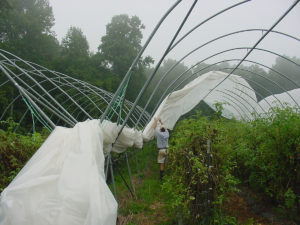
Hurricane Florence is dominating news coverage this week and for good reason: it is predicted to be the strongest …
Contamination of harvested cotton has become a very important issue over the past few years. This is an issue …
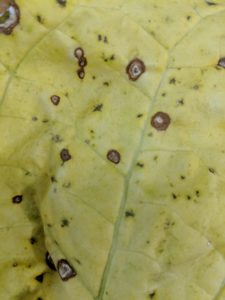
Environmental conditions this growing season have been conducive for several pathogens in flue-cured tobacco. Frogeye leaf spot (Cercospora nicotianae) has …
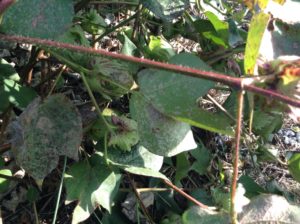
Areolate mildew (Ramularia areola syn. Ramularia gossypii) has been confirmed on samples collected from Halifax County, North Carolina. This …
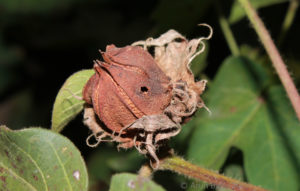
Another bollworm flight is on and, from the looks of it, there are many more moths in the system …
Recently, cotton producers have been concerned with areolate mildew (Ramularia areola syn. Ramularia gossypii) in North Carolina cotton. This …
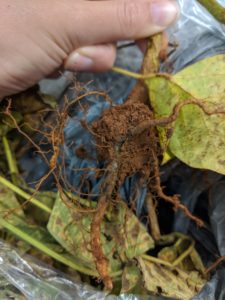
Soybeans submitted through the Plant Disease and Insect Clinic have been confirmed to have the causal agent of Sudden …
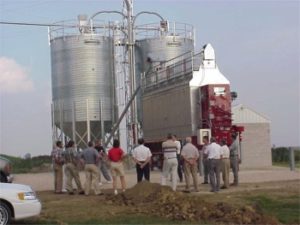
Picking the Best Grain Moisture for Corn Harvest Corn growers are always concerned about the costs associated with drying corn …
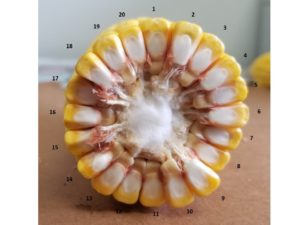
Determining Yield Potential By Assessing Ears at or Near Dent Stage The following procedures can be used to assess potential …
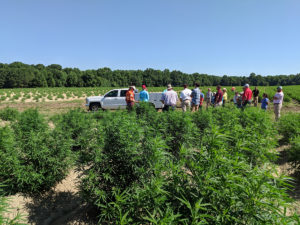
On July 10, 2018, North Carolina Cooperative Extension Agriculture Agents attended an all-day Industrial Hemp Agent Short Course. The …
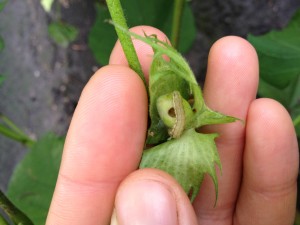
We are seeing as many, or more breakthroughs in Bt corn this year compared to last. Bollworms that are …
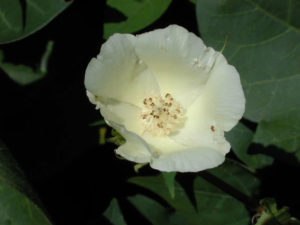
When cotton blooms, it’s time to switch sampling and thresholds for plant bugs. This previous article covered management of …
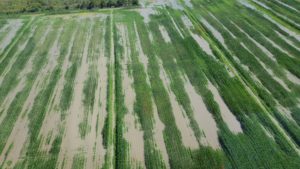
How has this recent storm and heavy rainfall impacted Corn? In North Carolina persistent and intense rainfall events often occur …

Grapevines require 16 essential nutrients for normal growth and development (Table 9.1). Carbon, hydrogen, and …

This guide presents basic facts about seeds, including how they develop, how to store and …

This Soybean Nutrient Deficiency Information factsheet describes the symptoms and management of boron deficiency in …
This Soybean Nutrient Deficiency Information factsheet describes the symptoms and management of zinc deficiency in …

This Soybean Nutrient Deficiency Information factsheet describes the symptoms and management of molybdenum deficiency in …
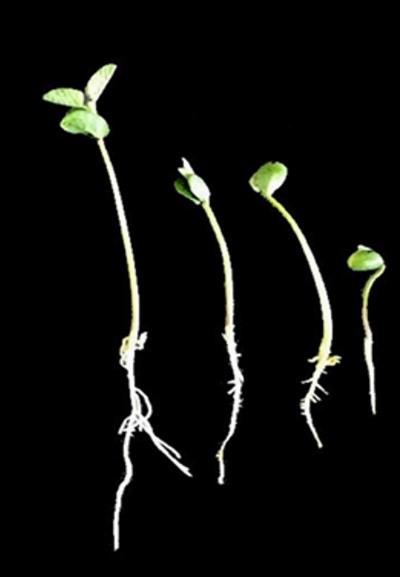
This Soybean Nutrient Deficiency Information factsheet describes the symptoms and management of aluminum toxicity in …
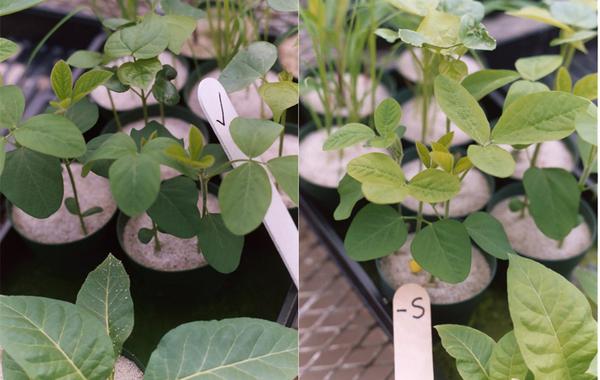
This Soybean Nutrient Deficiency Information factsheet describes the symptoms and management of sulfur deficiency in …

This Soybean Nutrient Deficiency Information factsheet describes the symptoms and management of magnesium deficiency in …